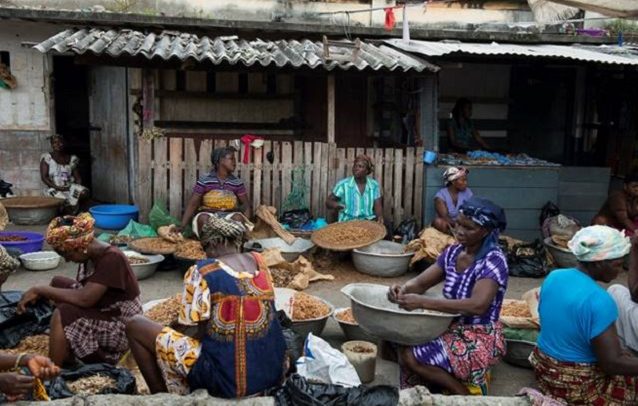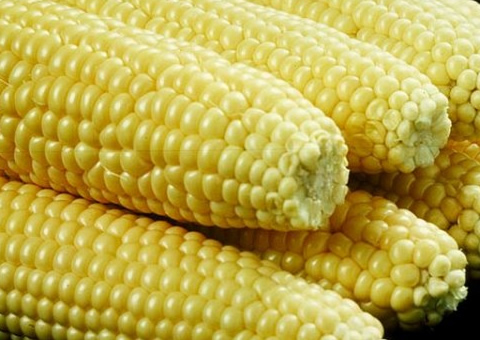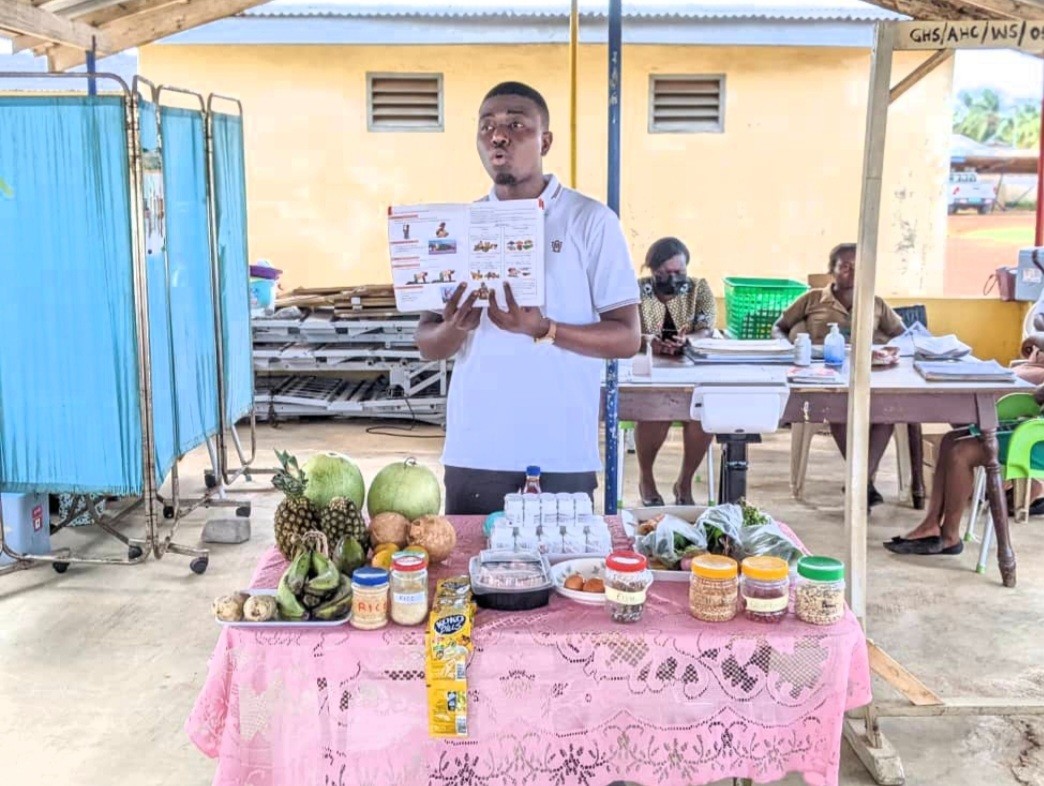
More than 2.4 million Ghanaians representing 7.4 per cent of the population between March and May this year are currently classified as vulnerable to food insecurity, a new report has revealed.
The number is projected to slightly decrease by two million people (6.3 per cent) from June to August owing to ongoing government interventions in agriculture and health sectors.
The Food and Agriculture Organisation defines food insecurity as “A situation where people lack access to sufficient, safe and nutritious food to meet their dietary needs and preference for an active and healthy life.”
The report titled March 2025 Food and Nutrition Security Situation Ghana: A Cadre Hormonise Analysis was developed by the Ministry of Food and Agriculture’s Statistics, Research, and Information Directorate (SRID), in collaboration with the World Food Programme (WFP) and the Permanent Interstate Committee for Drought Control in the Sahel (CILSS).
The report with the objective to evaluate the impact of factors causing food and nutrition insecurity, including the dry spell in the eight regions of the country in 2024, attributed the problem to climate change and economic pressures on vulnerable communities.
It used the Cadre Harmonisé (CH) analytical framework, a widely used tool in West Africa for assessing acute food and nutrition insecurity.
“Within the West Africa Sub-region, Ghana fared better than all her neighbours except Cote d’Ivoire and Benin,” the report released in March stated.
The report emphasised the urgent need for expanded social protection and targeted interventions to protect the most vulnerable populations.
The report said the food insecurity situation was particularly dire in the northern regions, which experienced prolonged dry spells in 2024, affecting food production and livelihoods.
“Although Ghana has fared better than most countries in the sub-region, this figure is still concerning,” the report states.
It said urgent action was needed to link those vulnerable groups to existing social protection programmes to buffer the effects of economic and environmental shocks.
The report said despite the challenges, Ghana’s performance compared favourably to other West African nations.
The report revealed that only Côte d’Ivoire and Benin had lower proportions of vulnerable populations.
Nonetheless, it warns that complacency could reverse the progress made.
“The government must continue and expand resilience-building efforts to ensure long-term food security,” the report recommends.
“Projects such as the Feed Ghana Programme and the Aqua-Cage Fish Project should be scaled up, especially in districts identified as being in crisis or emergency conditions,” it added.
The report called for increased investment in early warning systems, climate-resilient agriculture, and community-based nutrition programmes to prevent further deterioration.
It also emphasised the importance of data-driven policymaking and inter-agency coordination to tackle the root causes of hunger.
The report expressed government’s commitment to food security as a national priority aligned with regional and global development goals.
BY KINGSLEY ASARE
The post 2.4 million Ghanaians vulnerable to food insecurity – Report appeared first on Ghanaian Times.
Read Full Story
















Facebook
Twitter
Pinterest
Instagram
Google+
YouTube
LinkedIn
RSS